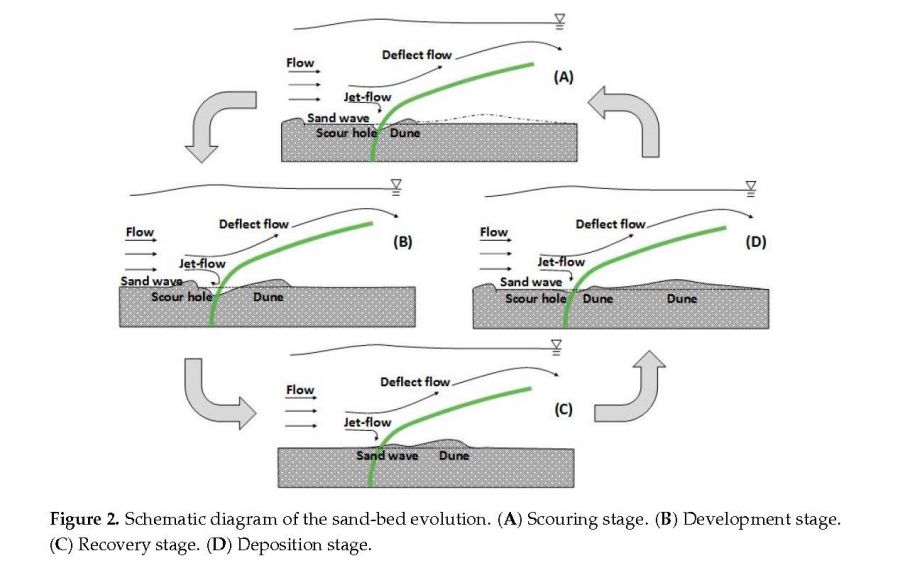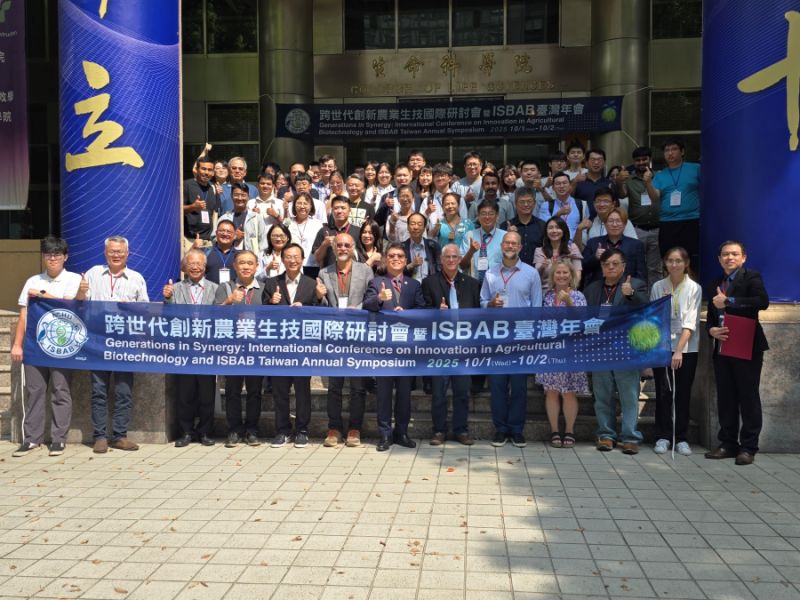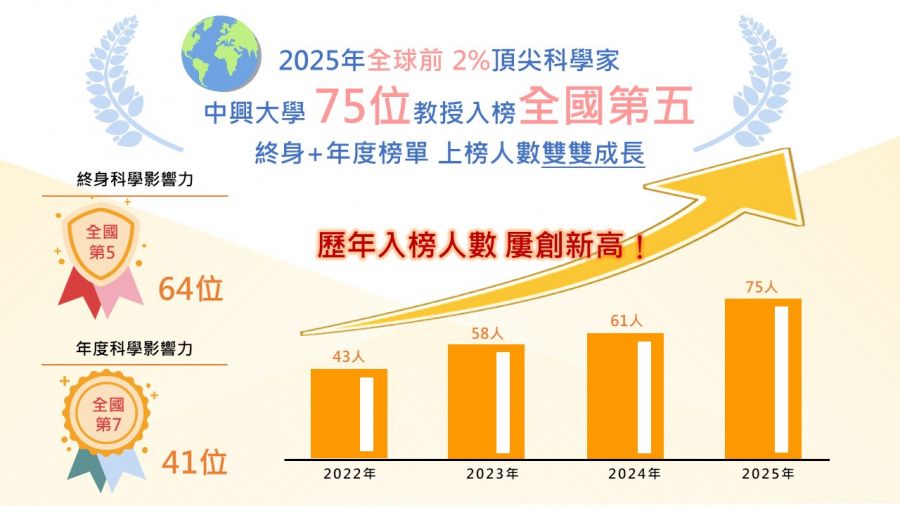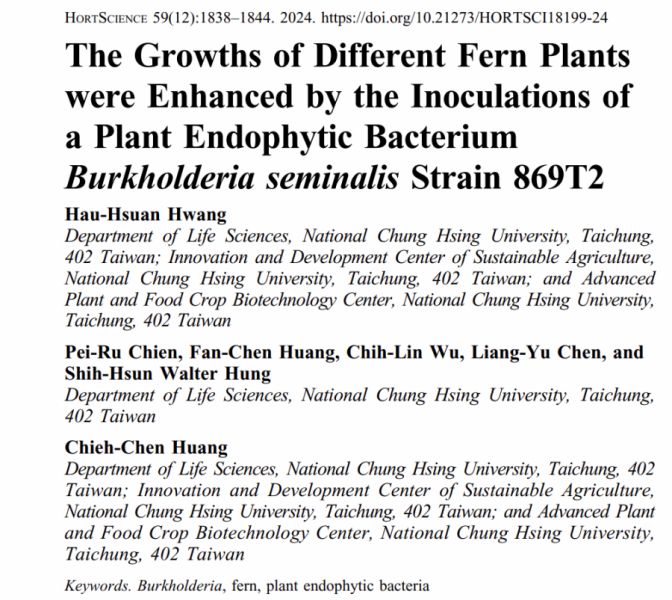| 論文篇名 | 英文:Effects of Vegetation Density and Arrangement on Sediment Budget in a Sediment-Laden Flow 中文:植物密度與分布在含沙水流條件下對泥沙收支的影響 |
| 期刊名稱 | Water |
| 發表年份,卷數,起迄頁數 | 2018,1412,357~367 |
| 作者 | Jin-Fu Li, Samkele S. Tfwala and Su-Chin Chen* |
| DOI | 10.3390/w10101412 |
| 中文摘要 | 由於極端氣候事件發生的頻率逐漸增加,因此瞭解濱水植物在含砂水流條件下對河床所造成的影響變得越來越重要。本研究設計了三種不同植物密度及9種隨機的植物分佈方式,來探討倒伏柔性植物在含砂水流條件下所造成的影響,試驗過程中為了模擬真實河川在遭遇洪水時的情況,以21 kg/h的速率進行供砂。研究結果顯示,在含砂水流條件下,床型的演變過程可分為沖刷、發展、復原及堆積等四個階段,並形成一個動態循環。而在砂丘發展部分,由回水所形成的砂丘將會往上游發展;但由植物結構阻力所形成的砂丘則會往下游發展。在地型變化方面,植生區上游面會形成堆積,而下游面則是產生淘刷,這與清水流條件下的結果是剛好相反的。最後在流場分布方面,垂直流速剖面可依植物結構型態劃分為四個區域,分別為穩定區、倒伏區、冠層區及發展區。藉由這些研究結果,本研究為河川管理者提供了非常重要的參考資料,以應對洪水時的河川情況。 |
| 英文摘要 | Understanding the effects of riparian vegetation under sediment-laden flow is becoming crucial due to the increase in frequency of extreme weather events. This study designed three densities and nine random distributions of bent flexible vegetation in flume experiments under sediment-laden flow. Sediments were continually added to the flume at a rate of 21 kg/h to simulate a natural river environment in a sediment-laden flow. The results showed that the evolutionary process of bed form under sediment-laden flow could be divided into four stages: scouring, development, recovery, and deposition stages, forming a dynamic cycle. Dunes were formed and backwater caused them to develop upstream, while structural resistance developed the dunes downstream. Contrary to clear water regime, sediments were deposited upstream of the vegetation area and scour occurred behind the vegetation. In addition, the vertical velocity profile showed to be dependent on the vegetation structure and four clear zones were identified: fixed, bent, canopy, and developed zones. The findings from this study provide crucial information towards river management through understanding the diverse vegetation effects under sediment-laden flows. |
【學術亮點】植物密度與分布在含沙水流條件下對泥沙收支的影響 2018-10-10

生態農業:農業地景生態監測及復育【水保系陳樹群特聘教授】






